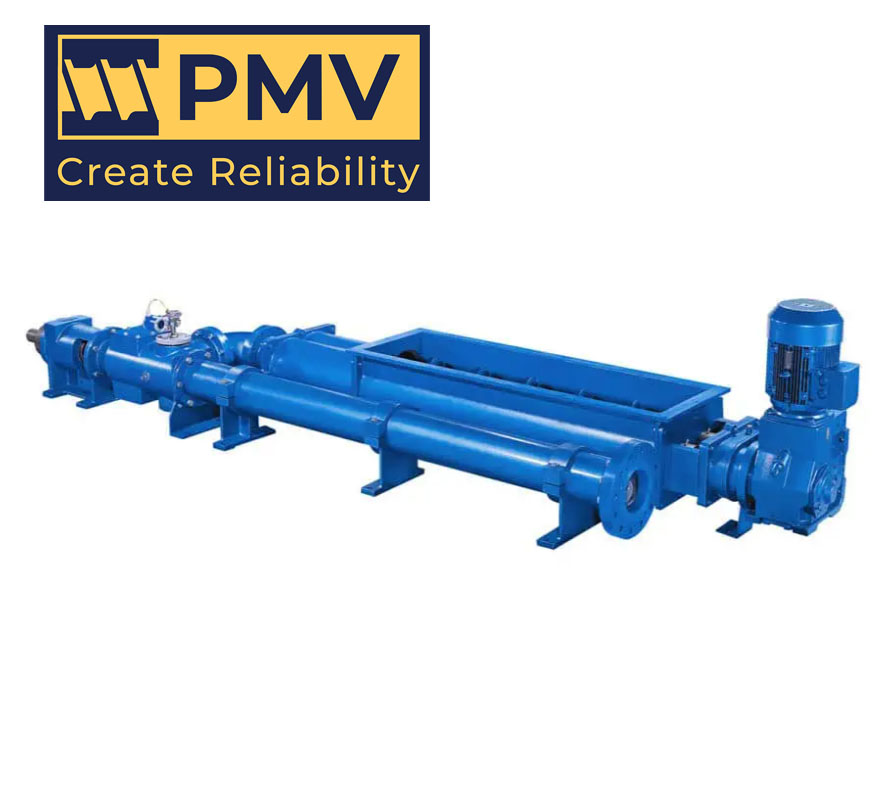The Description of Screw Pump
A screw pump is a type of positive displacement pump that utilizes an intermeshing screw and housing to transfer fluids or viscous substances. The pump consists of two or more screws (also known as rotors) that rotate in opposite directions, creating chambers that trap and move the fluid along the screw axis.
The Application of Screw Pump
Screw pumps are widely used in various industries for handling both thin and highly viscous liquids. They are commonly employed in oil and gas, chemical, food processing, wastewater treatment, and marine applications. Screw pumps are particularly suitable for pumping fluids with suspended solids, shear-sensitive materials, and high viscosity substances.
The Features of Screw Pump
1.High Efficiency: Screw pumps offer excellent efficiency levels due to their positive displacement design, ensuring a consistent flow rate even when handling challenging fluids.
2.Self-Priming Capability: These pumps are capable of self-priming, which means they can evacuate air from the system and start pumping without the need for external priming.
3.Gentle Fluid Handling: Screw pumps provide gentle fluid handling, making them suitable for delicate or shear-sensitive fluids that can be damaged by other pump types.
4.Low Pulsation: The continuous flow of screw pumps results in minimal pulsation, providing a smooth and steady fluid transfer.
5.Viscosity Range: Screw pumps can handle a wide range of viscosity, from low-viscosity liquids to highly viscous substances, without losing their pumping efficiency.

Summary about of Screw Pump
Screw pumps are versatile and reliable devices used for efficiently transferring fluids across various industries. Their positive displacement design, self-priming capability, gentle fluid handling, low pulsation, and ability to handle a wide viscosity range make them a preferred choice in many applications.

